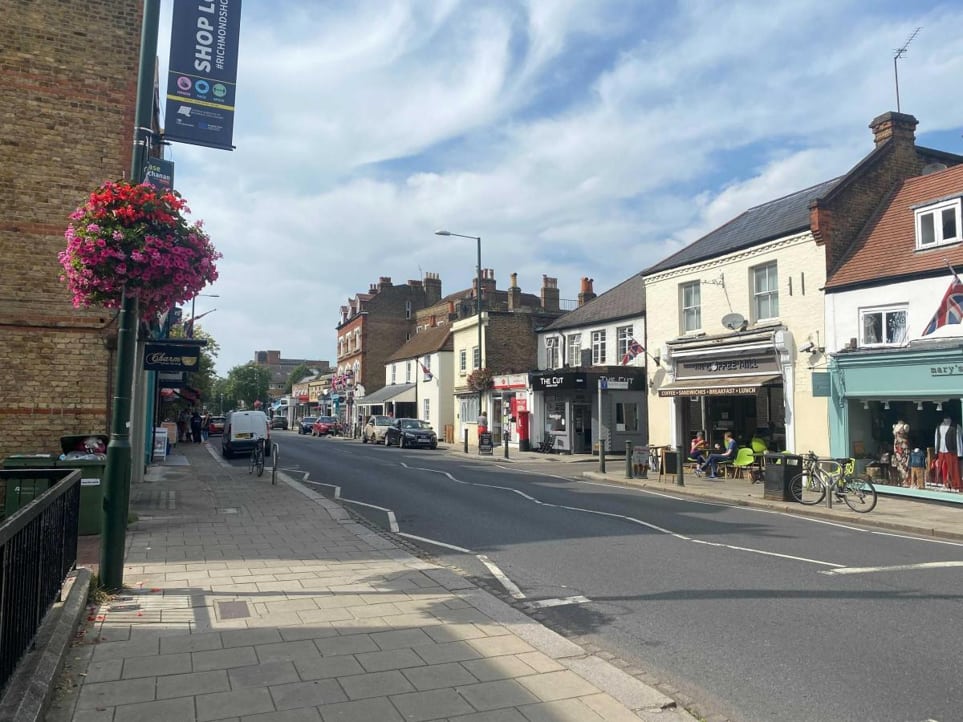Mastering Richmond Teddington Building Regulations: What Developers and Homeowners Need to Know
When considering any building project in Richmond or the picturesque Teddington area, it’s vital to understand the local building regulations that govern construction practices. These rules and standards ensure that construction work is carried out safely, efficiently, and in harmony with the environment. Whether you are undertaking a small home extension, a full renovation, or a new build, understanding Richmond Teddington’s building regulations is key to avoiding costly mistakes, delays, and potential legal issues.
This comprehensive guide will break down everything you need to know about Richmond Teddington building regulations—from the fundamental aspects to the specific steps involved in adhering to them. Let’s dive into what makes these regulations essential for your project.
What Are Building Regulations, and Why Are They Important?
Building regulations are a set of legal requirements designed to ensure that buildings are constructed to certain standards of safety, energy efficiency, and environmental sustainability. These regulations cover a wide range of aspects of construction, including structural integrity, fire safety, ventilation, drainage, and accessibility.
For homeowners and developers in London Richmond, including the borough of Teddington, building regulations are enforced by the local council. Compliance is mandatory, and failing to follow these rules could result in costly fines, delays, or even the need to demolish unauthorized work. By understanding and following the regulations, you ensure that your building project is legally sound, safe, and suitable for long-term use.
Key Aspects of Richmond Teddington Building Regulations
Richmond Teddington building regulations encompass various factors that contribute to a safe and efficient construction process. Some of the most crucial aspects include:
1. Planning Permission vs. Building Regulations
While planning permission and building regulations might sound similar, they serve distinct purposes. Planning permission relates to whether the proposed construction is appropriate for the area, while building regulations focus on the technical standards of the work itself. In some cases, you may need to apply for both, depending on the scope of your project.
For example, if you’re adding a single-storey extension to your home in Teddington, you may need to apply for planning permission in addition to meeting the building regulations. In contrast, if you’re making minor internal changes, you might only need to ensure compliance with building regulations without requiring planning permission.
2. Structural Safety
The structural integrity of your building is a primary concern when adhering to Richmond Teddington building regulations. Whether you’re constructing a new property or extending an existing one, you must ensure that the design and materials used meet safety standards. This includes the foundation, walls, roofing, and any supporting beams or frames. Engineering calculations might be required to demonstrate that the load-bearing structures are properly designed to handle expected stresses.
3. Fire Safety
Fire safety is a critical part of building regulations. In Richmond Teddington, all residential and commercial buildings must comply with fire safety codes, which include the installation of fire alarms, smoke detectors, fire-resistant materials, and clearly marked emergency exits. For more extensive projects, such as larger extensions or conversions, fire safety plans must be submitted for approval, detailing escape routes, the placement of fire doors, and other essential fire prevention measures.
4. Energy Efficiency
In today’s environmentally-conscious world, energy efficiency plays a major role in building regulations. From insulation and window glazing to heating systems and renewable energy sources, your building project must meet the necessary energy performance standards. Richmond Teddington regulations aim to reduce carbon footprints, improve energy efficiency, and lower utility costs for residents and businesses alike.
New builds and significant refurbishments in Teddington will typically need to adhere to stricter standards for insulation, airtightness, and renewable energy integration. For instance, you might be required to install energy-efficient heating systems or solar panels to minimize your environmental impact.
5. Drainage and Waste Management
Effective drainage systems are vital to the proper functioning of any building. Richmond Teddington building regulations mandate that all new developments or major refurbishments include an efficient drainage plan to handle wastewater and stormwater. This ensures that water is safely channeled away from the property to avoid flooding or other water-related issues.
For larger developments, detailed drainage calculations and proposals may need to be submitted to the local council to ensure compliance with environmental and health safety regulations. These calculations may include the use of sustainable drainage systems (SuDS) designed to manage surface water in a more environmentally friendly way.
6. Accessibility
Building regulations also prioritize accessibility, ensuring that homes and public buildings are suitable for people with disabilities. Teddington’s regulations may require the installation of ramps, wider doors, or other features that make buildings more accessible to all members of the community. For new builds, the design must consider features such as wheelchair access, handrails, and bathroom facilities that cater to the needs of disabled residents.
7. Sustainability and Environmental Impact
Sustainability is a growing concern in modern construction, and Richmond Teddington building regulations reflect this shift. Developers are encouraged to use sustainable materials, energy-efficient technologies, and environmentally friendly practices in their projects. This includes the incorporation of rainwater harvesting systems, green roofs, and low-carbon technologies to reduce the building’s impact on the environment.
How to Ensure Compliance with Richmond Teddington Building Regulations
Now that you understand the key elements of Richmond Teddington building regulations, the next step is ensuring compliance with them. Here’s a step-by-step guide to help you stay on track:
1. Consult the Local Council
Before you begin any building work, it’s crucial to consult with the Richmond Borough Council, as they are responsible for enforcing building regulations in Teddington. They can provide guidance on whether your project requires building regulations approval or if you need to apply for planning permission. In some cases, the council may require a pre-application meeting to discuss your project in detail.
2. Hire Qualified Professionals
To navigate the complexities of building regulations, it’s advisable to hire experienced architects, surveyors, or engineers. These professionals can ensure that your designs meet all required standards and can help you prepare the necessary documentation for submission to the council. They can also manage the inspection process and make adjustments if needed to ensure compliance.
3. Submit Detailed Plans
When applying for building regulations approval, you will need to submit detailed architectural and structural plans. These plans should demonstrate that your project complies with all safety, energy, and accessibility requirements. Be sure to include information about materials, insulation, and the positioning of fire safety measures.
4. Schedule Inspections
Once your plans are approved, the building work will be subject to regular inspections at various stages of construction. These inspections are designed to ensure that the work complies with building regulations. It’s essential to have the necessary documentation and permits ready for the inspector to review.
5. Obtain Final Approval
After completing your building project, a final inspection will take place to ensure that all aspects of the work meet Richmond Teddington’s building regulations. If everything is in order, you will receive a completion certificate. This certificate is essential for future property transactions, as it verifies that the work was carried out to code.
Conclusion
Understanding and adhering to the Richmond Teddington building regulations is a crucial part of any construction project. These regulations not only ensure that your project is safe, efficient, and environmentally friendly but also protect your investment by ensuring legal compliance. Whether you’re constructing a new home, adding an extension, or renovating an existing property, working with qualified professionals and staying informed about local regulations will help you achieve the best results with minimal hassle. By following the necessary steps and remaining diligent throughout the process, you can confidently move forward with your project, knowing that it meets all of Richmond Teddington’s building requirements.



No responses yet